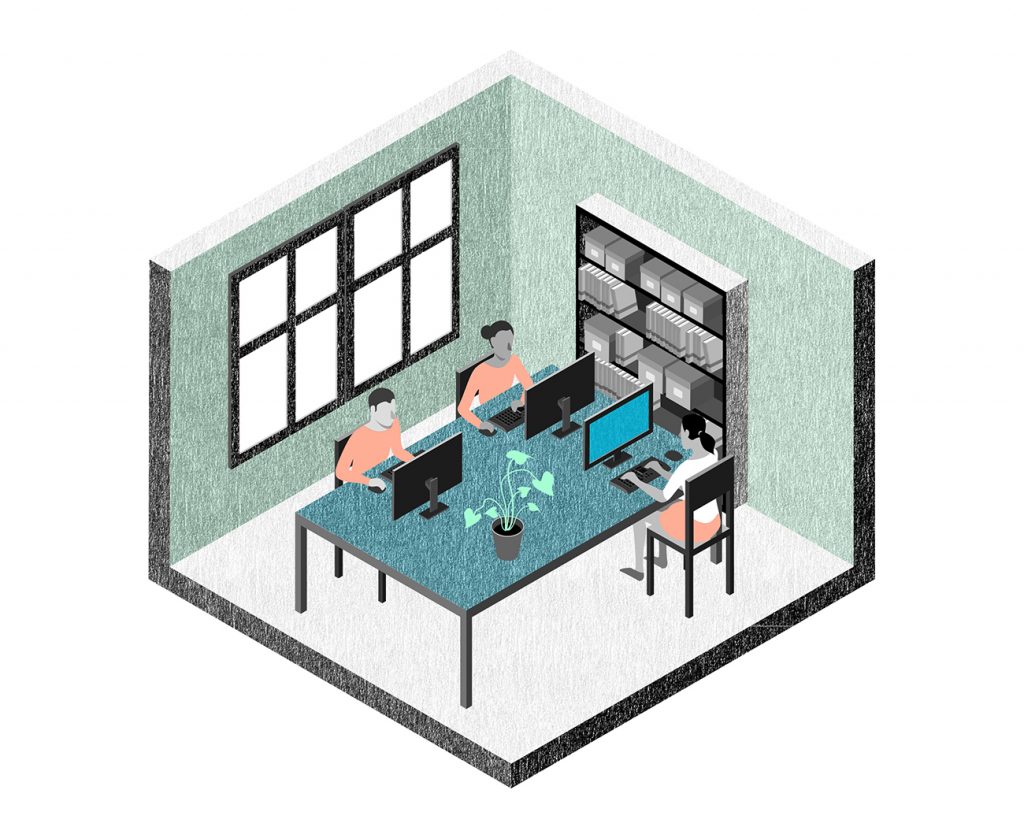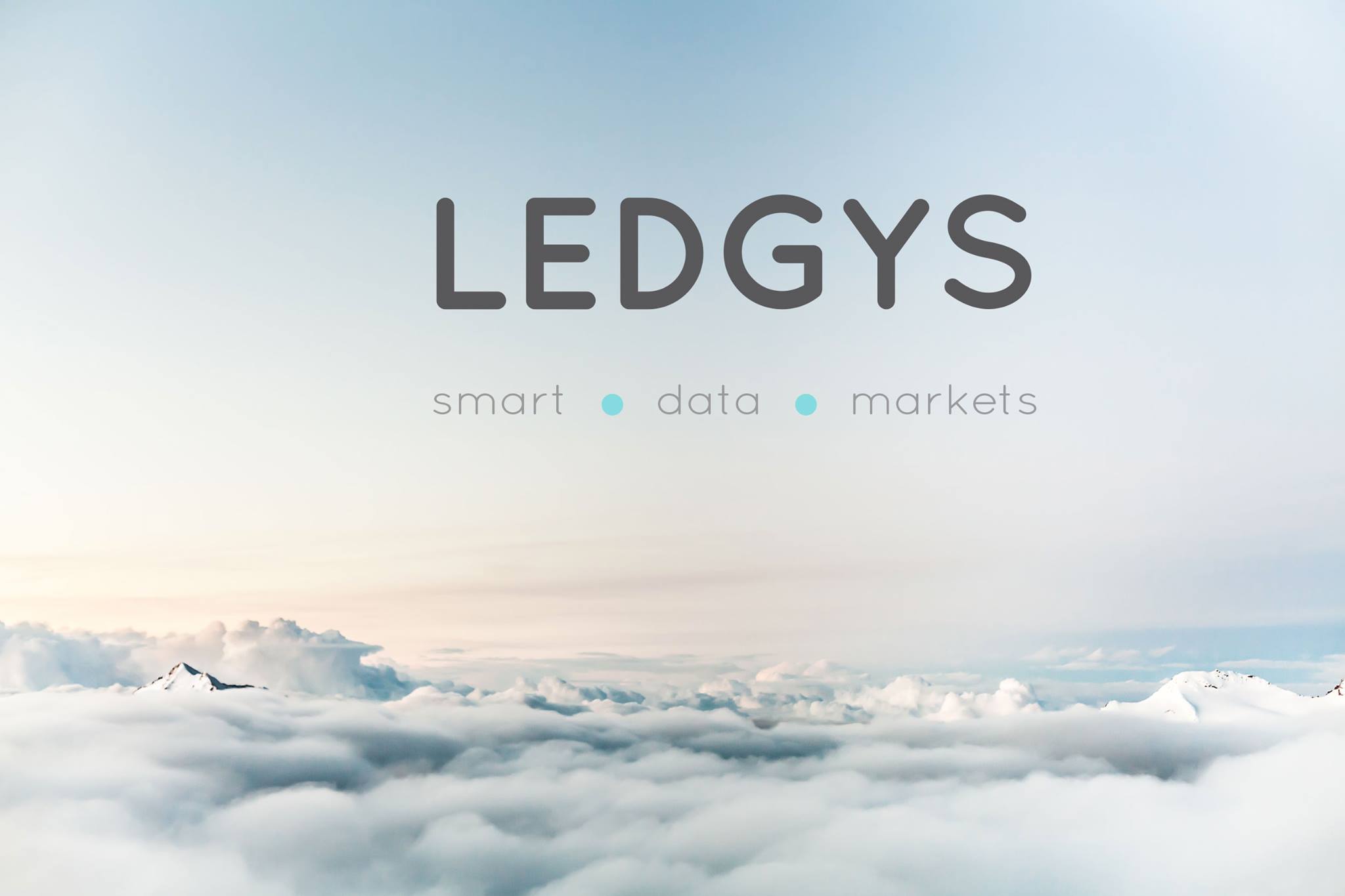Invenis: machine learning for non-expert data users
Invenis went into incubation at Station F at the beginning of July, and has since been developing at full throttle. This start-up has managed to make a name for itself in the highly competitive sector of decision support solutions using data analysis. Its strength? Providing easy-to-use software aimed at non-expert users, which processes data using efficient machine learning algorithms.
In 2015, Pascal Chevrot and Benjamin Quétier, both in the Ministry of Defense at the time, made an observation that made them want to launch a business. They considered that the majority of businesses were using outdated digital decision support tools that were increasingly ill-suited to their needs. “On the one hand, traditional software was struggling to adapt to big data processing and artificial intelligence”, Pascal Chevrot explains. “On the other hand, there were expert tools that existed but were inaccessible to anyone that didn’t have significant technical knowledge.” Faced with this situation, the two colleagues founded Invenis in November 2015 and joined the ParisTech Entrepreneurs incubator. On July 3, 2017, less than two years later, they joined Station F, one of the biggest start-up campuses in the world located in the 13th arrondissement of Paris.
The start-up is certainly appealing: it aims to rectify the lack of available decision support tools with SaaS software (Software as a Service). Its goal is to make the value provided by data available to people that manipulate them every day in order to obtain information, but who are by no means experts. Invenis therefore targets professionals that know how to extract data and use it to obtain information, but who find themselves limited by the capabilities of the tools that they use when they want to go further. Through their solution, Invenis allows these professionals to carry out data processing using machine learning algorithms, simply.
Pascal Chevrot illustrates how simple it is to use, with an example. He takes two data sets and uploads them to Invenis: one is the number of sports facilities per activity and per department, and the other is the population by city in France. The user can then choose what kind of data processing they wish to perform from a library of modules. For example, they could first decide to group the different kinds of sports facilities (football stadiums, boules pitches, swimming pools, etc.) according to regions in France. In parallel, the software will then aggregate the number of inhabitants per commune in order to provide a population value on a regional scale. Once each of these actions has been completed, the user can then carry out an automated segmentation, or “clustering”, in order to classify regions into different groups according to the density of sports facilities in that particular region. In a few clicks, Invenis thus allows users to visualize the regions that have the highest number of sports facilities and those with a low number in relation to the population size, and which should therefore be invested in. Each process carried out on the data is done simply by dragging a processing module into the interface associated with the desired procedure and using this to create a full data processing session.
The user-friendly nature of the Invenis software lies in how simple it is to use these processing modules. Every action has been designed to be simple for the user to understand. The algorithms come from open source libraries Hadoop and Spark, which are references in the sector. “We then add our own algorithms to these existing algorithms, making them easier to manage”, highlights Pascal Chevrot.
For example, the clustering algorithm they use ordinarily requires a certain number of factors to be defined. Invenis’ processing module automatically calculates these factors using its proprietary algorithms. It does, however, allow expert users to modify these if necessary.
In addition to how simple it is to use, the Invenis program has other advantages, namely a close management of data access rights. “Few tools do this”, affirms Pascal Chevrot, before demonstrating the advantages of this function: “For some businesses, such as telecommunication operators, it’s important because they have to report to the CNIL (National Commission for Data Protection and Liberties) for the confidentiality of their data, and soon this will also be the case in Europe, with the arrival of GDPR. Not forgetting that more established businesses have implemented data governance over these questions.”
Revealing the value of data
Another advantage of Invenis is that it offers different frameworks. The start-up offers free trial periods to any data users who are using tools they are not satisfied with, along with the opportunity to talk to the technical management team who can demonstrate the tool’s capabilities and even develop proof of concept. However, the start-up also has a support and advice service for businesses that have identified a problem that they would like to solve using their data. “We offer clients guaranteed results, assisting them to resolve their problem with the intention of ultimately making them independent”, explains the co-founder.
It was within this second format that Invenis realized its most iconic proof of concept with CityTaps, another start-up from ParisTech Entrepreneurs that offers prepaid water meters. Using the Invenis software allowed CityTaps to look at three questions. Firstly, how do users consume water in terms of days of the week, size of household, season, etc.? Secondly, what is the optimal moment to warn a user that they need to top up their meter, and would they be quick to do this after receiving an alert SMS? And finally, how can we best predict temperature changes in the meters due to the weather? Invenis provided many responses to these questions by using their processing solutions on CityTaps’ data.
The case of CityTaps shows to what extent data management tools are crucial for companies. Machine learning and intelligent data processing are essential in generating value. However, these technologies can sometimes be difficult to access due to insufficient technical knowledge. Enabling businesses to access this value by reducing access costs in terms of skills is Invenis’ number one aim. As Pascal Chevrot concludes, the key is to provide “”.










